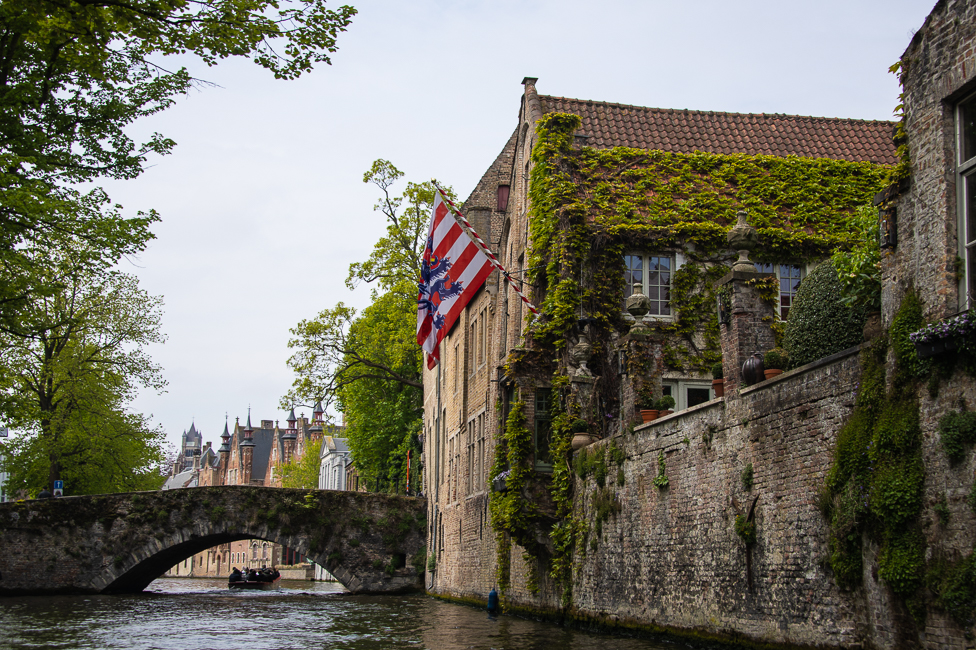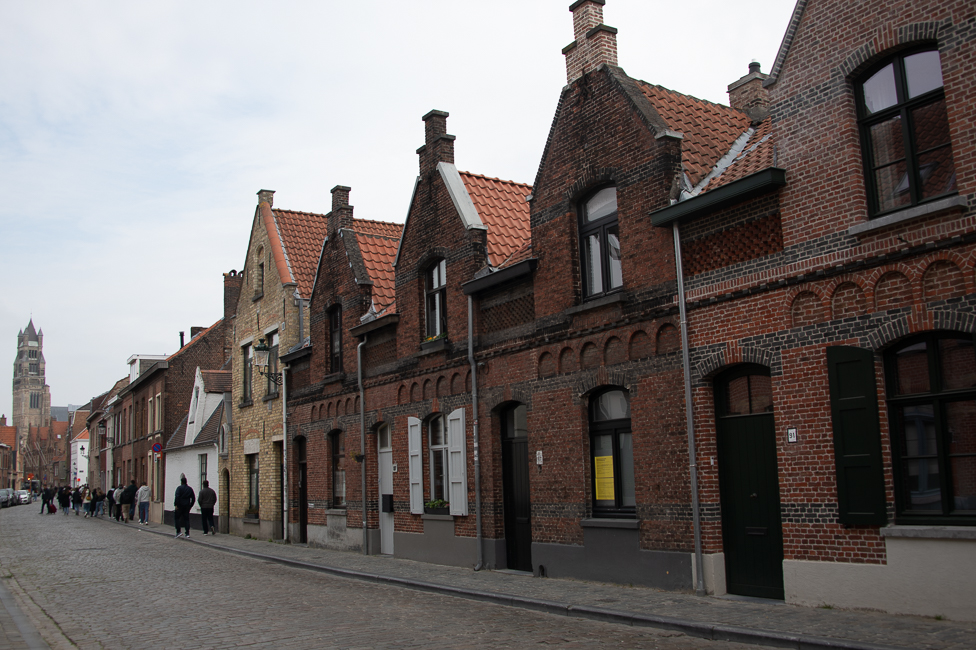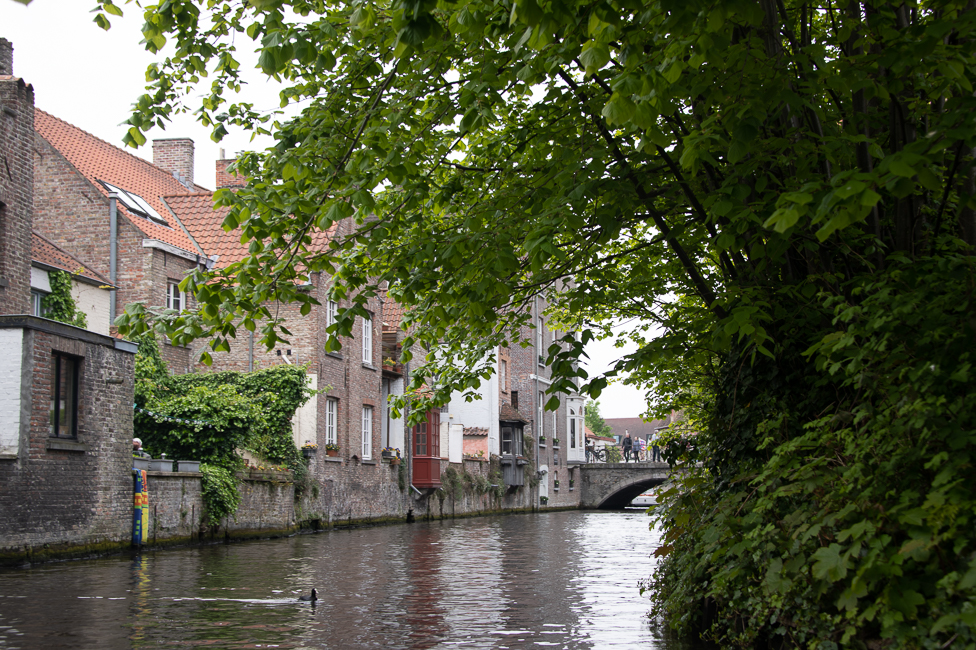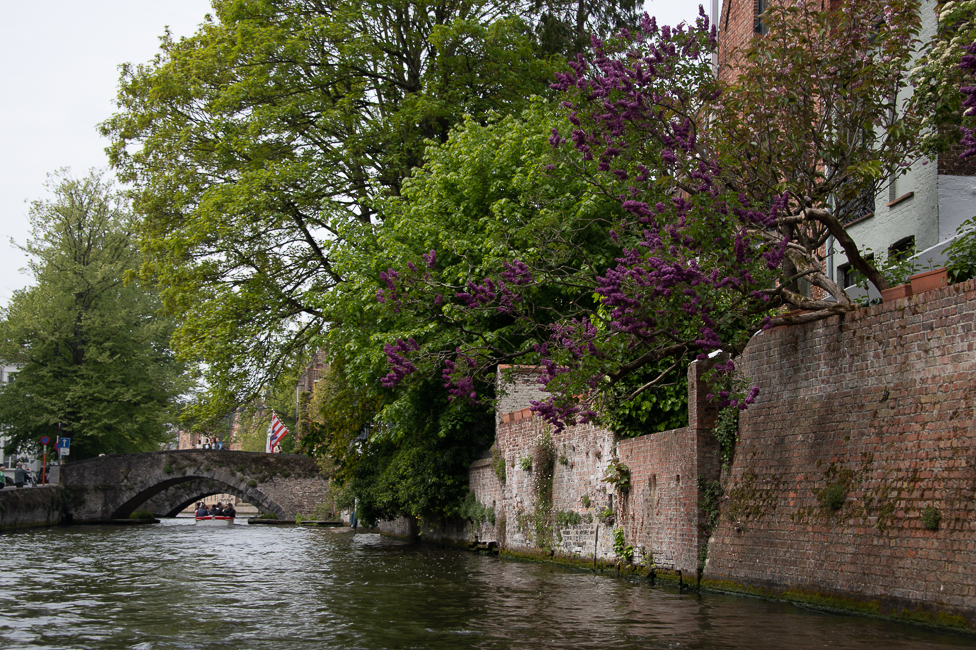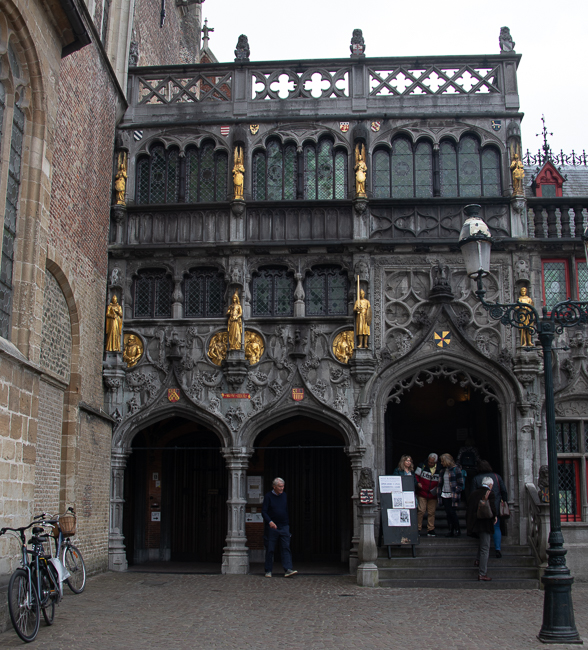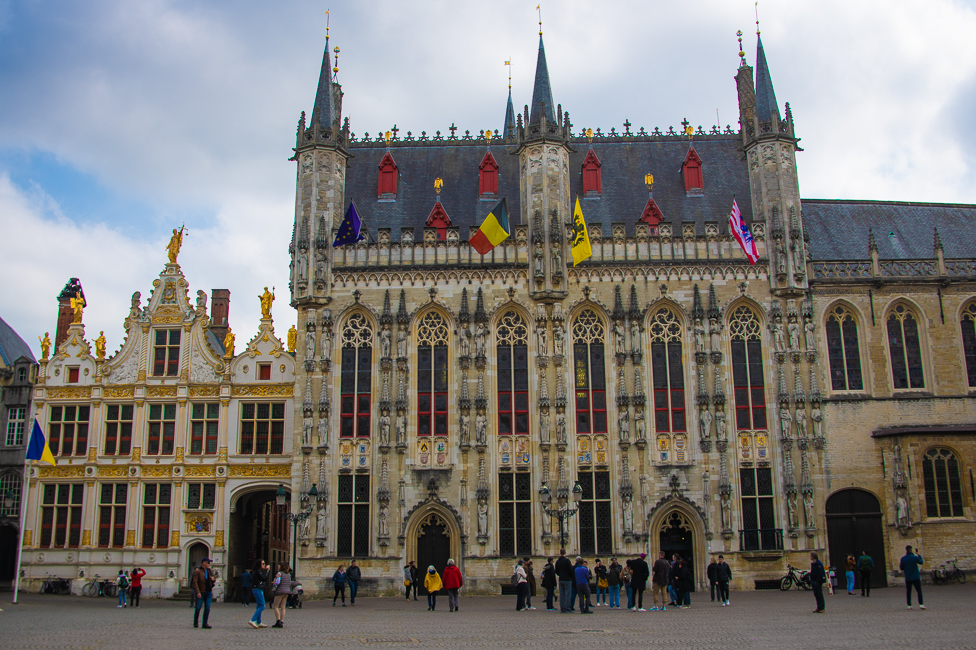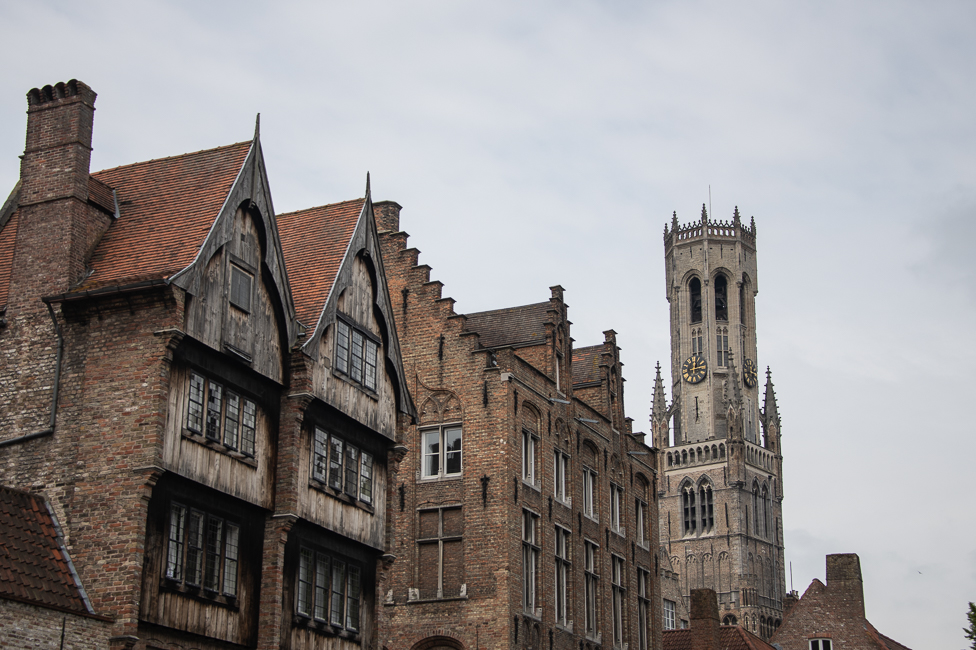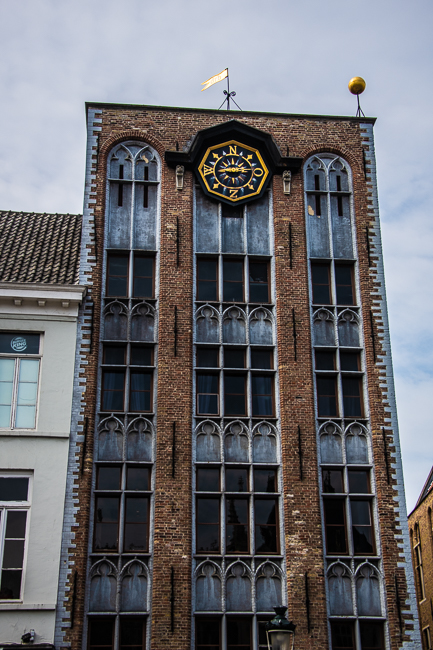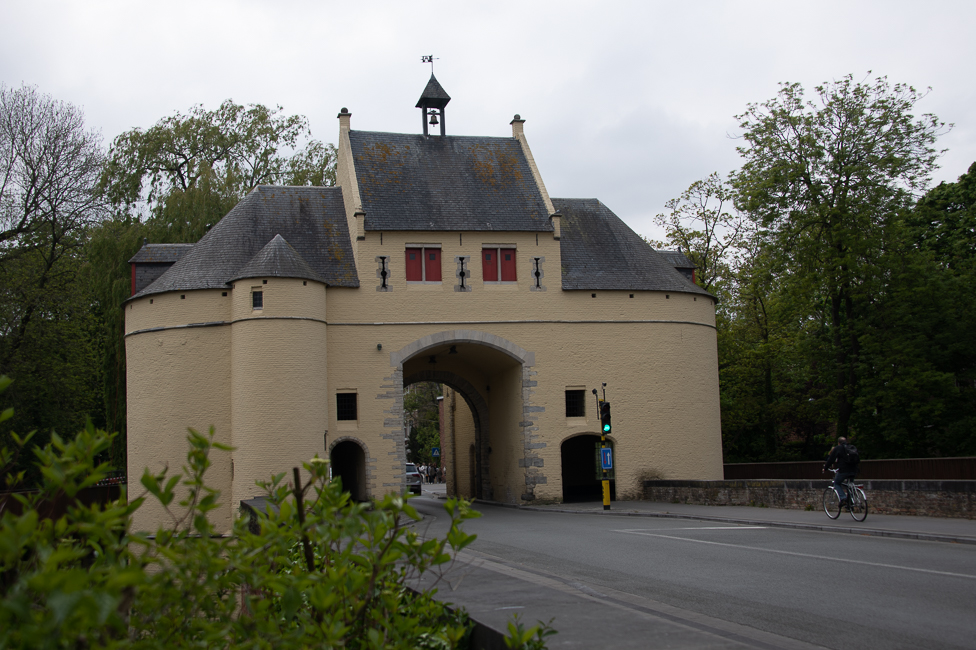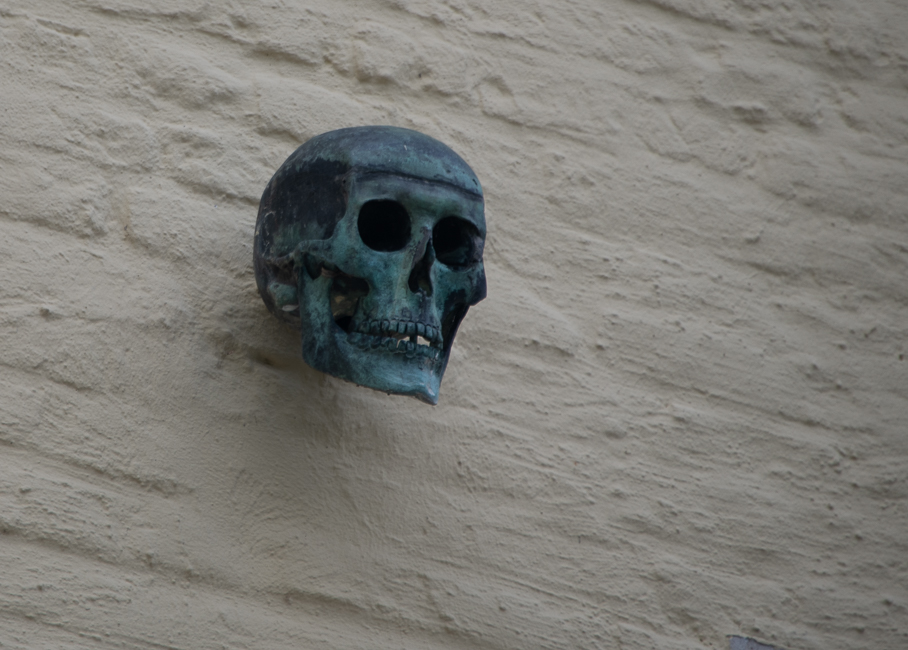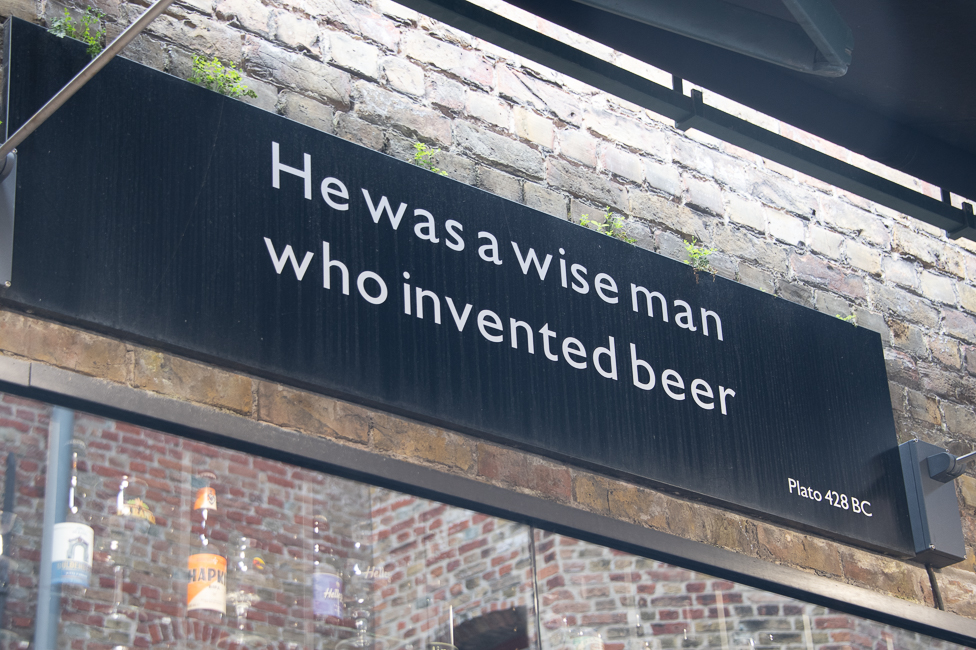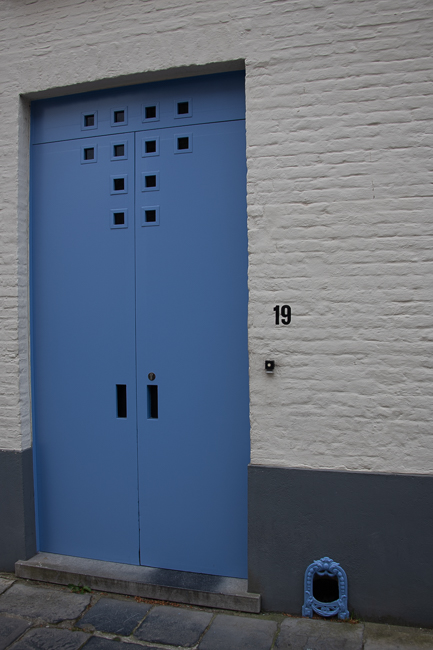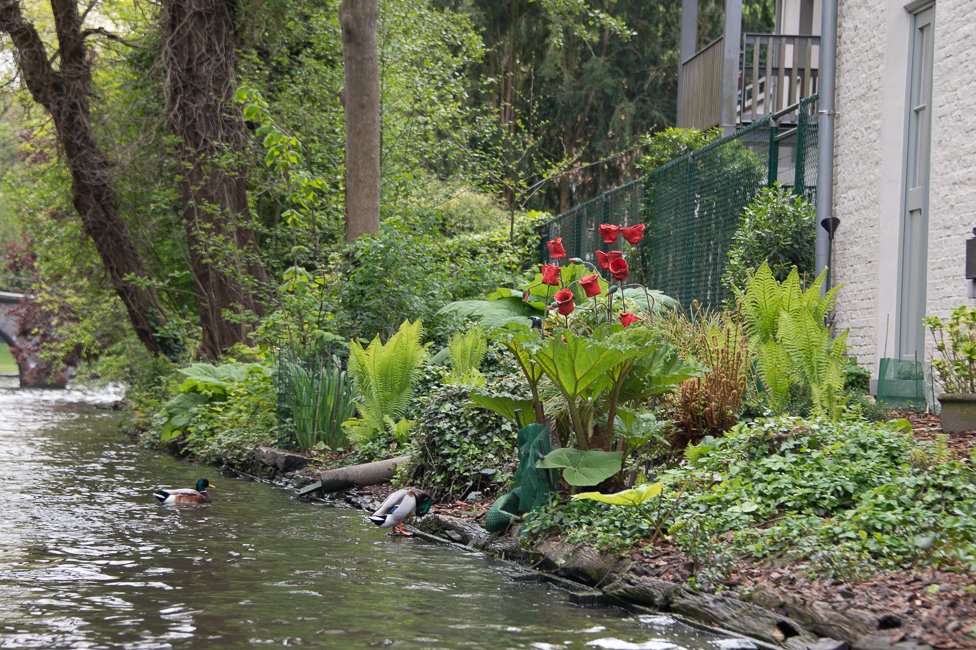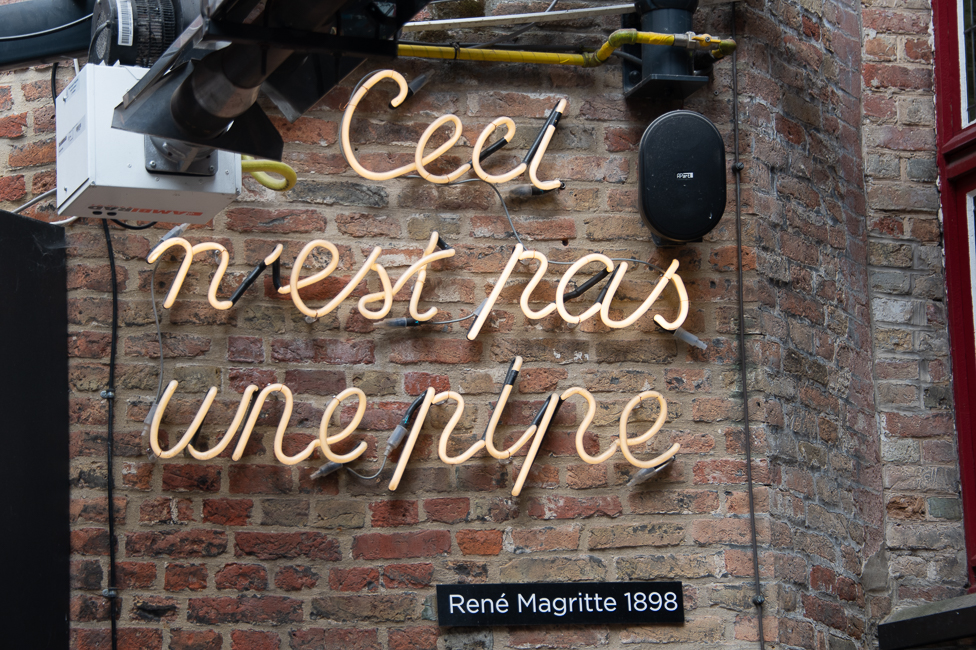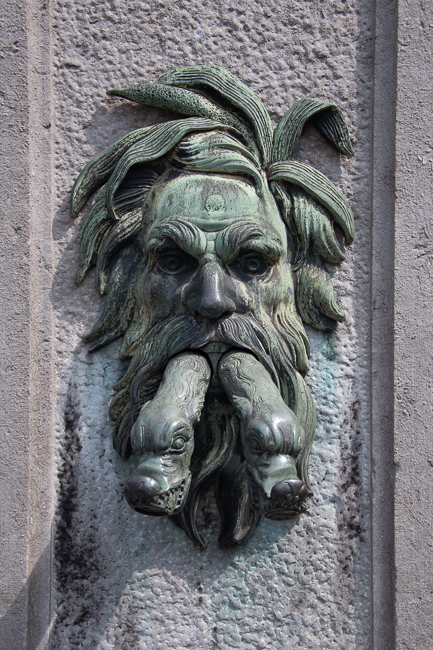April 2022
Bruges is known as Venice of the North and is designated as a UNESCO World Heritage Site.

It is an ancient and stunning city. Founded by the Vikings in the 9th century it is thought the name Bruges (Brugge) derives from the old-Scandinavian word ‘Brygga’ meaning ‘harbor’ or ‘mooring place’.
Canals were built to connect the city that sits on the River Zwin to the North Sea. This ensured that the city would become an important international trading port.
In the 14th century, Bruges developed into the warehouse of the North-European Hanseatic cities. Countries, such as Italy, Germany and Spain, had their own representation in Bruges, making Bruges a European center of commerce and international cultural exchanges.
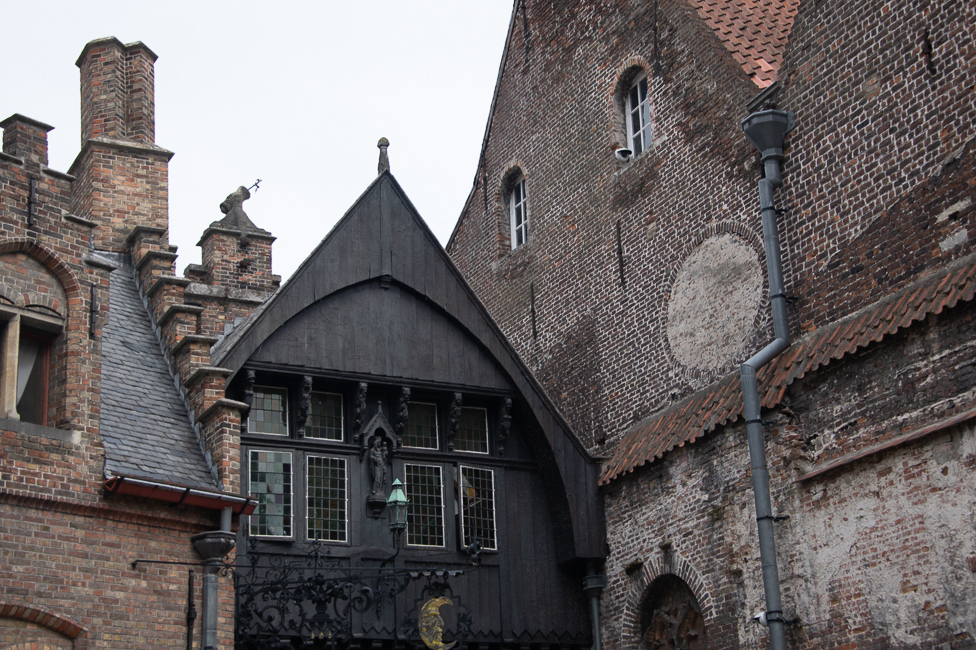
The architecture of Bruges, while dominated by the classic red brick and crenelated roof lines has many other unique buildings.
The 15th century saw the beginning of the decline of Bruges with the silting of the Zwin River and the construction of a harbor in Antwerp which then came to dominate the cloth industry. Although it remained an important center for art and architecture with the building of many of the towns gothic buildings and the Flemish painting school which included Anthony Van Dyck and Hans Memling.
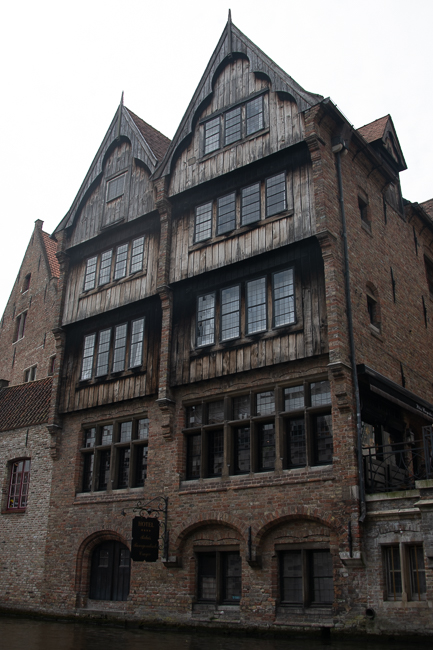
One of the few wood buildings in Bruges. Fire made these buildings impractical and eventually the use of wood was outlawed.
By the end of the 16th century Bruges was the poorest city in Belgium. The city is now a tourist destination bringing back the cities importance and wealth.
The Renaissance façade of the Church of the Holy Blood draws one into Burg Square. Inside is breathtaking with its splashes of color, ornate altars and religiously themed art.
What brings tourist to the Church of the Blood is a crystal vial with a stained piece of cloth believed to hold the blood of Jesus Christ, brought back from the Second Crusade by the Count of Flanders in the 12th century.
The belfry was built around 1240, devastated by fire in 1280, the tower was largely rebuilt, the archives it held did not fare so well. The octagonal upper stage of the belfry was added between 1483 and 1487.
The Burghers’ Lodge was built between 1395 and 1417 and was commissioned by the patricians and merchants. At the time this sat in the center of the commercial area. It is where ships were loaded and unloaded and traders could see their ships approaching from the tower. Countries built their ‘nation houses’ in the vicinity, used to accommodate international representatives and to store goods. The burgesses of Bruges received these trade partners in the Burghers’ Lodge.
The House Bouchoute, was built in 1477 and still has its original lean-to-roof The building is known for its globe. When the Brussels to Bruges railway line was inaugurated, not all clocks in Belgium were found to keep the same time. The problem was solved by the globe. At noon exactly the sun coincided with its shadow through a hole in the globe.
There is a compass on the front of the building that was installed in 1682. Which instead of showing magnetic north depicts the direction of the wind.
The first Blacksmith’s Gate (Smedenpoort) was built in 1297-1299; the current gate was built in 1367, on the remains of the old gate.
There is a bronze skull above the left passage symbolizing the execution of François Vander Straeten, who wanted to let hostile French troops into the city at the end of the 17th century. Branded a traitor, the skull of the beheaded Straeten was affixed to the gate.
A large part of today’s tourist dollars goes into the hundreds of places that sell beer. There are several breweries, but more importantly many, many outdoor cafes on the canals that cater to the beer aficionado, or anyone who is looking to taste a Belgian beer coming from one of over 300 breweries in the country.
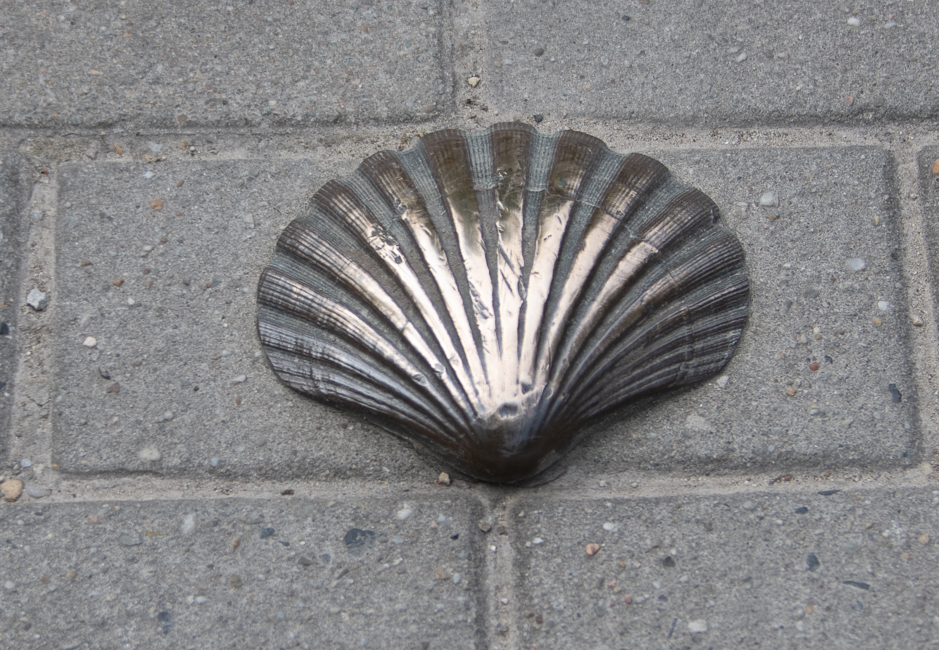
While walking near the river I discovered this symbol of the pilgrimage done to the Santiago de Compostela. While I found no exact route, it is certain that pilgrims most likely would have passed through Bruges on their way to Santiago.
Bruges population dwindled from 200,000 at its height to 50,000 by 1900. Today it stands around 120,000. With tourism it will most likely continue to grow and thrive.
